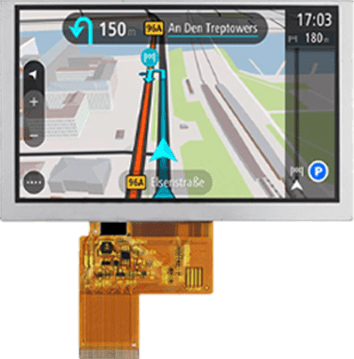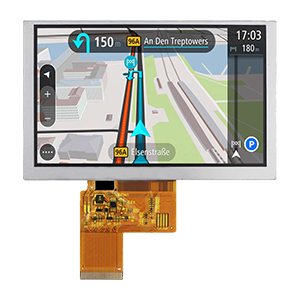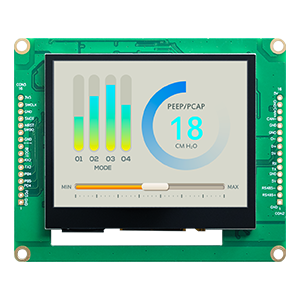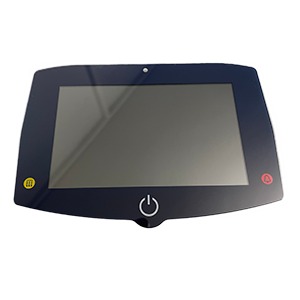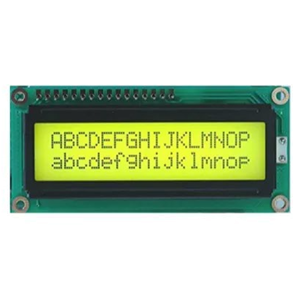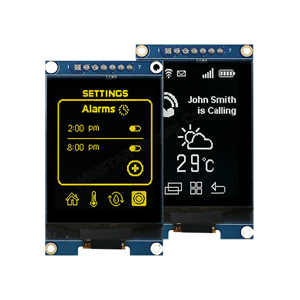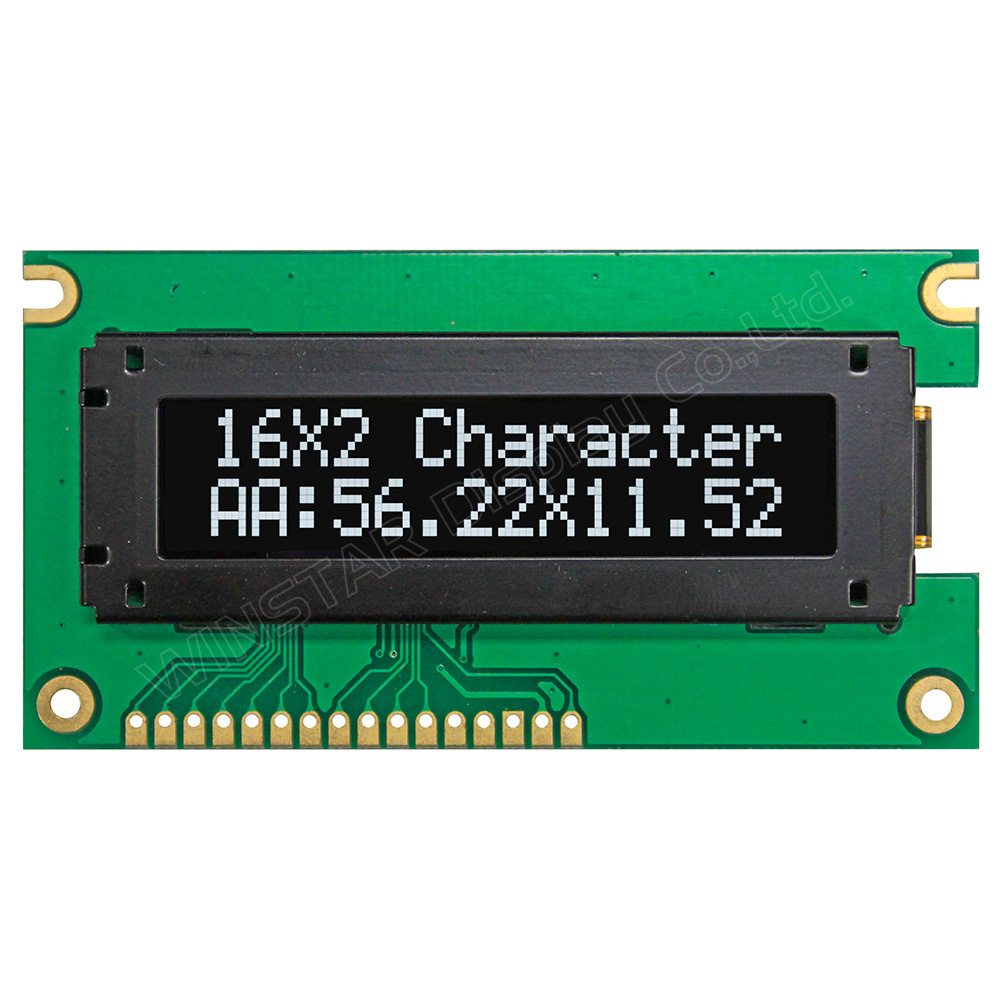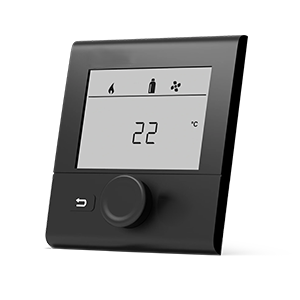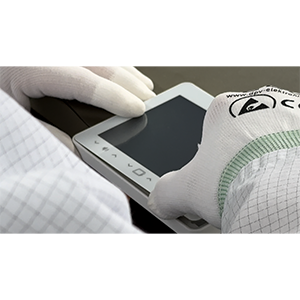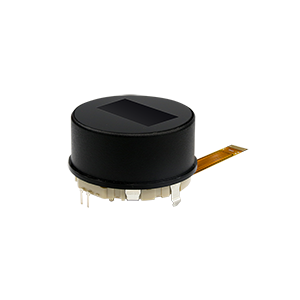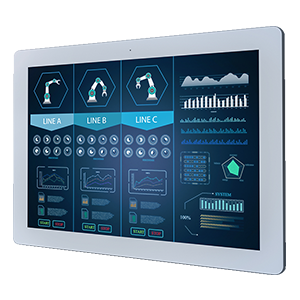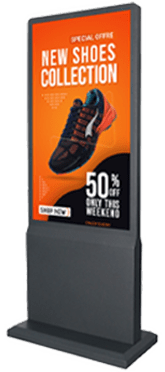Standard TFT Displays
Our Standard TFT Displays are the proven foundation for industrial HMIs: cost-efficient, long-term available and easy to integrate. Depending on the project, you can choose between IPS (wide viewing angles, stable colors) or TN (cost-optimized, very fast response) – optionally with high brightness for bright environments.
Faster time-to-market with the Standard TFT Display Series
Customers benefit from short design-in times and high parts availability. In comparison:
- Without Standard TFT: Longer coordination of mechanics/electronics, more effort for signal/timing parameters (backlight, touch, interface).
- Higher risk of redesigns (EOL/PCN), second-source is more difficult.
- Time-to-market is extended – higher development and testing costs.
With Standard TFT Display:
- Fast commissioning thanks to common form factors and interfaces (e.g. MIPI DSI, LVDS, RGB, DPI).
- Easy integration of PCAP/resistive touch, cover glass, anti-glare and bonding.
- Planning reliability through industrial-grade product maintenance and long-term availability.
Selection criteria for Standard TFTs
- Size & resolution: 0.96″–21.5″, common form factors (4:3, 5:4, 16:9, 16:10, “bar type”).
- Brightness: Indoor (200–500 cd/m²) vs. bright environment/outdoor (800–1,500 cd/m², optional anti-glare/bonding).
- Technology: IPS (wide viewing angles, stable colors) or TN (cost-optimized, very fast response).
- Temperature range: typically −20…+70 °C; extended for more demanding environments.
- Interface: MIPI DSI, LVDS, RGB, DPI – matching your SoC/controller.
- Touch/glass: PCAP or resistive, cover glass, chemical hardening, screen printing, logo, seal.
- Mechanics & mounting: frame/bezel, mounting points, installation depth, cable exits.
- Lifecycle: long-term availability, PCN/PDN handling, 2nd source strategy.
IPS vs. TN – which is right for my application?
- IPS: excellent viewing angles & color fidelity → HMI, medical technology, signage.
- TN: very fast response & budget-friendly → compact, price-driven devices.
- Hybrid: In high ambient light, high brightness & optical bonding help regardless of IPS/TN.
Integration & interfaces
MIPI DSI is now the first choice for many SoCs/MCUs (compact, high bandwidth). LVDS scores in industrial designs with robust differential signals. RGB and DPI are easy to implement and suitable for lower resolutions. We check timing, pinout, backlight driver and touch controller – reducing commissioning time.
Quality & availability
- Long-term availability thanks to industrial product lines and early PCN/PDN management.
- Backlight lifetime & brightness stability matched to the intended service life.
- Testing: including temperature cycling, vibration/shock, EMC-compatible integration (system dependent).
FAQ on Standard TFT Displays
How do I choose the right brightness?
Can I switch to a brighter panel later?
Which touch option is suitable?
Tip: For stretched formats see Bar-Type TFT Displays. For pre-integrated HMI modules: Smart TFT Displays.

